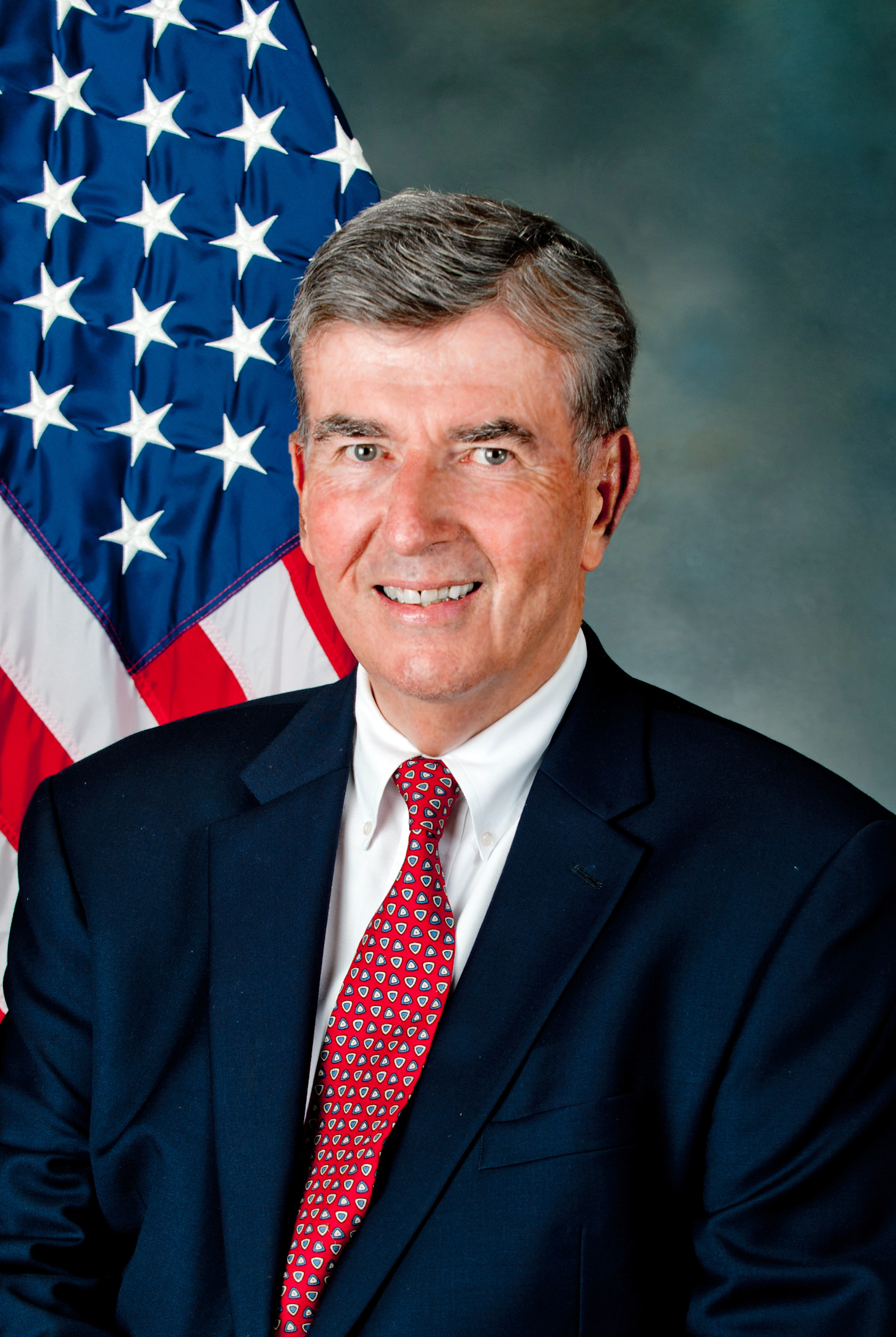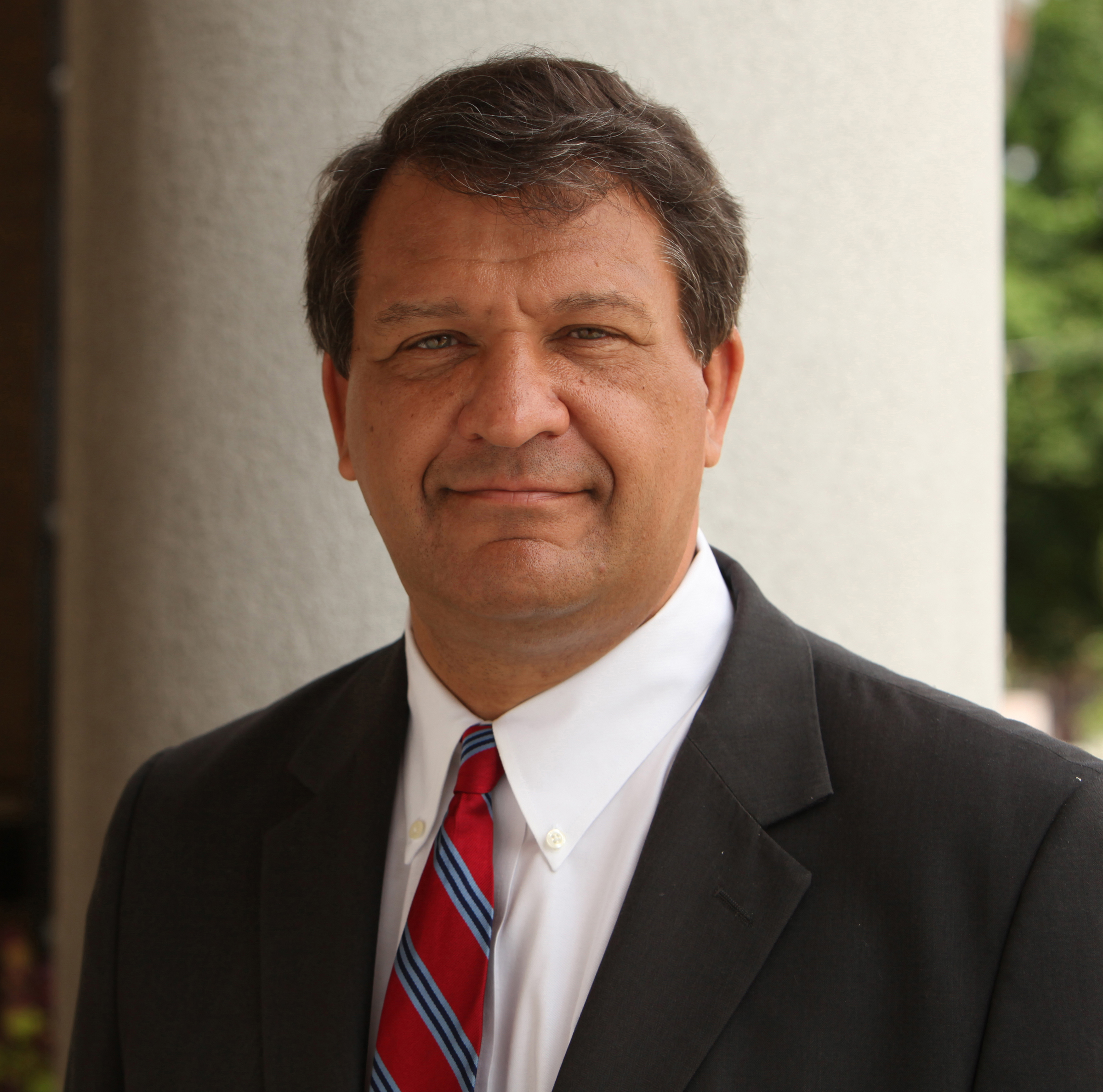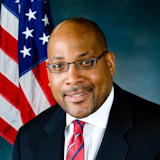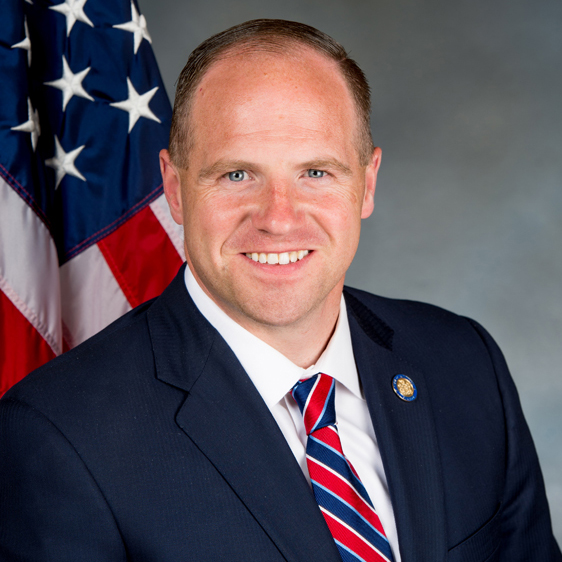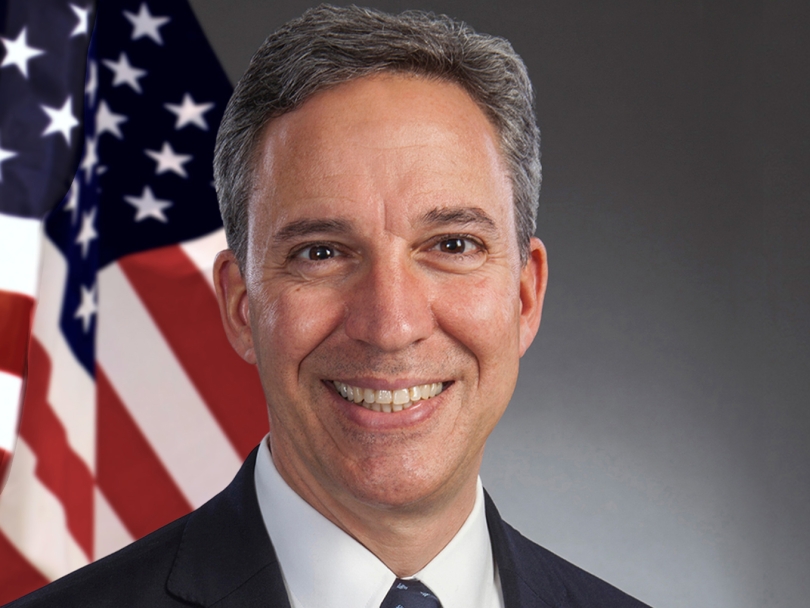S T A T E O F N E W Y O R K
________________________________________________________________________
1615--B
2013-2014 Regular Sessions
I N S E N A T E
(PREFILED)
January 9, 2013
___________
Introduced by Sens. PARKER, ADDABBO, BRESLIN, LATIMER, SAMPSON, SQUADRON
-- read twice and ordered printed, and when printed to be committed to
the Committee on Corporations, Authorities and Commissions -- reported
favorably from said committee, ordered to first and second report,
ordered to a third reading, amended and ordered reprinted, retaining
its place in the order of third reading -- recommitted to the Commit-
tee on Corporations, Authorities and Commissions in accordance with
Senate Rule 6, sec. 8 -- committee discharged, bill amended, ordered
reprinted as amended and recommitted to said committee
AN ACT to amend the not-for-profit corporation law, in relation to
disposition of unclaimed cremated remains of a veteran
THE PEOPLE OF THE STATE OF NEW YORK, REPRESENTED IN SENATE AND ASSEM-
BLY, DO ENACT AS FOLLOWS:
Section 1. Section 1517 of the not-for-profit corporation law, as
added by chapter 579 of the laws of 2006, is amended to read as follows:
S 1517. Crematory operations.
Cemetery corporations that operate a crematory shall have the follow-
ing duties and obligations:
(a) Maintenance and privacy. (1) A crematory facility shall be main-
tained in a clean, orderly, and sanitary manner, with adequate venti-
lation and shall have a temporary storage area available to store the
remains of deceased human beings pending disposition by cremation, the
interior of which shall not be accessible to the general public.
(2) Entrances and windows of the crematory facility shall be main-
tained at all times to secure privacy, including (i) doors shall be
tightly closed and rigid; (ii) windows shall be covered; and (iii)
entrances shall be locked and secured when not actively attended by
authorized crematory personnel.
(b) Cremation process. (1) The cremation process shall be conducted in
privacy. No person except authorized persons shall be admitted into the
EXPLANATION--Matter in ITALICS (underscored) is new; matter in brackets
[ ] is old law to be omitted.
LBD02779-03-4
S. 1615--B 2
retort area, holding facility, or the temporary storage facility while
the remains of deceased human beings are being cremated. Authorized
persons, on admittance, shall comply with all rules of the crematory
corporation and not infringe upon the privacy of the remains of deceased
human beings.
(2) The following are authorized persons: (i) licensed, registered
funeral directors, registered residents, and enrolled students of mortu-
ary science; (ii) officers and trustees of the cemetery corporation;
(iii) authorized employees or their authorized agents of the cemetery
corporation; (iv) public officers acting in the discharge of their
duties; (v) authorized instructors of funeral directing schools; (vi)
licensed physicians or nurses; and (vii) members of the immediate family
of the deceased and their authorized agents and designated represen-
tatives.
(c) Identification of deceased human beings. (1) No crematory shall
cremate the remains of any deceased human being without the accompanying
cremation permit, required pursuant to section four thousand one hundred
forty-five of the public health law which permit shall constitute
presumptive evidence of the identity of the said remains. In addition,
all crematories situated outside the city of New York, must comply with
paragraph (b) of subdivision two of section four thousand one hundred
forty-five of the public health law pertaining to the receipt for the
deceased human being. From the time of such delivery to the crematory,
until the time the crematory delivers the cremains as directed, the
crematory shall be responsible for the remains of the deceased human
being. Further, a cremation authorization form must accompany the permit
required in section four thousand one hundred forty-five of the public
health law. This form, provided or approved by the crematory, must be
signed by the next of kin or authorizing agent attesting to the permis-
sion for the cremation of the deceased, and disclosing to the crematory
that such body does not contain a battery, battery pack, power cell,
radioactive implant, or radioactive device, if any, and that these mate-
rials were removed prior to the cremation process.
(2) Upon good cause being shown rebutting the presumption of the iden-
tity of such remains, the cremation shall not commence until reasonable
confirmation of the identity of the deceased human being is made. This
proof may be in the form of, but not limited to, a signed affidavit from
a licensed physician, a member of the family of the deceased human
being, the authorizing agent or a court order from the state supreme
court within the county of the cemetery corporation. Such proof shall be
provided by the authorizing agent.
(3) The crematory shall have a written plan to assure that the iden-
tification established by the cremation permit accompanies the remains
of the deceased human being through the cremation process and until the
identity of the deceased is accurately and legibly inscribed on the
container in which the cremains are placed.
(d) Opening of container holding the remains of the deceased human
being. (1) The casket, alternative container, or external wrappings
holding the remains of the deceased human being shall not be opened
after delivery to the crematory unless there exists good cause to
confirm the identity of the deceased, or to assure that no material is
enclosed which might cause injury to employees or damage to crematory
property, or upon reasonable demand by members of the immediate family
or the authorized agent.
(2) In such instances in which the casket, alternative container, or
wrappings are opened after delivery to the crematory, such action shall
S. 1615--B 3
only be conducted by the licensed funeral director or registered resi-
dent delivering the remains of the deceased human being and if neces-
sary, with the assistance of crematory personnel and a record shall be
made, which shall include the reason for such action, the signature of
the person authorizing the opening thereof, and the names of the person
opening the container and the witness thereto, which shall be retained
in the permanent file of the crematory. The opening of the container
shall be conducted in the presence of the witness and shall comply with
all rules and regulations intended to protect the health and safety of
crematory personnel.
(e) Ceremonial casket cremation disclosure. In those instances in
which the remains of deceased human beings are to be delivered to a
crematory in a casket that is not to be cremated with the deceased,
timely disclosure thereof must be made by the person making the funeral
arrangements to the crematory that prior to cremation the remains of the
deceased human being shall be transferred to an alternative container.
Such signed acknowledgement of the authorizing person, that the timely
disclosure has been made, shall be retained by the crematory in its
permanent records.
(f) Transferring remains. (1) The remains of a deceased human being
shall not be removed from the casket, alternative container, or external
wrappings in which it is delivered to the crematory unless explicit,
signed authorization is provided by the person making funeral arrange-
ments or by a public officer discharging his or her statutory duty,
which signed authorization shall be retained by the crematory in its
permanent records.
(2) When the remains of a deceased human being are to be transferred
to an alternative container, the transfer shall be conducted in privacy
with dignity and respect and by the licensed funeral director or regis-
tered resident who delivered those remains and if necessary, with the
assistance of crematory personnel. The transferring operation shall
comply with all rules and regulations intended to protect the health and
safety of crematory personnel.
(g) Commingling human remains. The cremation of remains of more than
one deceased human being in a retort at any one time is unlawful, except
upon the explicit, signed authorization provided by the persons making
funeral arrangements and the signed approval of the crematory, which
shall be retained by the crematory in its permanent records.
(h) Processing of cremains. (1) Upon the completion of the cremation
of the remains of a deceased human being, the interior of the retort
shall be thoroughly swept so as to render the retort reasonably free of
all matter. The contents thereof shall be placed into an individual
container and not commingled with other cremains. The cremation permit
shall be attached to the individual container preparatory to final proc-
essing.
(2) A magnet and sieve, or other appropriate method of separation, may
be used to divide the cremains from unrecognizable incidental or foreign
material.
(3) The incidental and foreign material of the cremation process shall
be disposed of in a safe manner in compliance with all sanitary rules
and regulations as byproducts.
(4) The cremains shall be pulverized until no single fragment is
recognizable as skeletal tissue.
(5) The pulverized cremains shall be transferred to a sealable
container or containers whose inside dimension shall be of suitable size
to contain the entire cremains of the person who was cremated.
S. 1615--B 4
(6) The prescribed sealable container or containers shall be accurate-
ly and legibly labeled with the identification of the human being whose
cremains are contained therein, in a manner acceptable to the division
of cemeteries.
(i) Disposition of cremains. The authorizing agent shall be responsi-
ble for the final disposition of the cremains. Cremains must be disposed
of by placing them in a grave, crypt, or niche, by scattering them in a
designated scattering garden or area, or in any manner whatever on the
private property of a consenting owner or by delivery to the authorizing
agent or a person specifically designated by the authorizing agent. Upon
completion of the cremation process, if the cemetery corporation has not
been instructed to arrange for the interment, entombment, inurnment or
scattering of the cremains, the cemetery corporation shall deliver the
cremains to the individual specified on the cremation authorization form
or the funeral firm of record. The delivery may be made in person or by
registered mail. Upon receipt of the cremains, the individual receiving
them may transport them in any manner in the state without a permit, and
may dispose of them in accordance with this section. After delivery, the
cemetery corporation shall be discharged from any legal obligation or
liability concerning the cremains. If, after a period of one hundred
twenty days from the date of the cremation, the authorizing agent has
not instructed the cemetery corporation to arrange for the final dispo-
sition of the cremains or claimed the cremains, the cemetery corporation
may dispose of the cremains in any manner permitted by this section. The
cemetery corporation, however, shall keep a permanent record identifying
the site of final disposition. The authorizing agent shall be responsi-
ble for reimbursing the cemetery corporation for all reasonable expenses
incurred in disposing of the cremains. Upon disposing of the cremains,
the cemetery corporation shall be discharged from any legal obligation
or liability concerning the cremains. Except with the express written
permission of the authorizing agent, no person shall:
(1) dispose of cremains in a manner or in a location so that the
cremains are commingled with those of another person. This prohibition
shall not apply to the scattering of cremains at sea, by air, or in an
area located in a cemetery and used exclusively for those purposes; and
(2) place cremains of more than one person in the same temporary
container or urn.
(j) DISPOSITION OF UNCLAIMED CREMATED REMAINS OF A VETERAN. (1) PURSU-
ANT TO THE REQUIREMENTS OF PARAGRAPH (I) OF THIS SECTION, IF, UPON
COMPLETION OF THE CREMATION PROCESS, THE CEMETERY CORPORATION HAS NOT
BEEN INSTRUCTED TO ARRANGE FOR THE INTERMENT, ENTOMBMENT, INURNMENT OR
SCATTERING OF THE CREMAINS OF AN INDIVIDUAL KNOWN TO BE A VETERAN AND
PROVIDED A DILIGENT EFFORT HAS BEEN MADE TO LOCATE AND NOTIFY THE NEXT
OF KIN OR AUTHORIZING AGENT THAT SIGNED THE CREMATION AUTHORIZATION FOR
THE DECEASED VETERAN, AFTER A PERIOD OF ONE HUNDRED TWENTY DAYS FROM THE
DATE OF THE CREMATION, WHERE THE AUTHORIZING AGENT HAS NOT INSTRUCTED
THE CEMETERY CORPORATION TO ARRANGE FOR THE FINAL DISPOSITION OF THE
CREMAINS OR CLAIMED THE CREMAINS, THE CEMETERY CORPORATION MAY ALSO
DISPOSE OF THE CREMAINS IN ANY MANNER PERMITTED BY THIS SECTION OR BY
RELINQUISHING POSSESSION OF VETERANS' CREMAINS FOR DISPOSITION BY A
VETERANS' ORGANIZATION THAT QUALIFIES AS A SECTION 501(C)(3) OR
501(C)(19) TAX EXEMPT ORGANIZATION UNDER THE INTERNAL REVENUE CODE, OR A
FEDERALLY CHARTERED VETERANS' SERVICE ORGANIZATION. THE CEMETERY CORPO-
RATION, HOWEVER, SHALL KEEP A PERMANENT RECORD IDENTIFYING THE VETERANS'
ORGANIZATION RECEIVING THE REMAINS AND THE SITE DESIGNATED FOR FINAL
DISPOSITION BY THE ORGANIZATION. THE METHOD OF DISPOSITION SHALL BE MADE
S. 1615--B 5
PURSUANT TO THIS SECTION AND SHALL BE DIRECTED TO A SECTION OF A CEME-
TERY CORPORATION WHERE VETERANS ARE MEMORIALIZED BY A VETERAN'S MARKER
IF ELIGIBLE, A VETERANS' SECTION OF A CEMETERY CORPORATION OR A VETER-
ANS' CEMETERY IF THE DECEASED VETERAN IS ELIGIBLE FOR INTERMENT IN SUCH
A MANNER. SUCH INTERMENT, ENTOMBMENT, INURNMENT OR SCATTERING OF THE
CREMAINS OF AN INDIVIDUAL KNOWN TO BE A VETERAN BY SUCH A VETERANS'
ORGANIZATION SHALL OCCUR WITHIN SIXTY DAYS. THE AUTHORIZING AGENT SHALL
BE RESPONSIBLE FOR REIMBURSING THE CEMETERY CORPORATION OR THE VETERANS'
ORGANIZATION FOR ALL REASONABLE EXPENSES INCURRED IN DISPOSING OF THE
CREMAINS. UPON DISPOSITION OF THE CREMAINS, THE CEMETERY CORPORATION AND
THE VETERANS' ORGANIZATION AS DEFINED IN THIS SECTION SHALL BE
DISCHARGED FROM ANY LEGAL OBLIGATION OR LIABILITY CONCERNING THE
CREMAINS. EXCEPT WITH THE EXPRESS WRITTEN PERMISSION OF THE AUTHORIZING
AGENT, NO PERSON SHALL:
(I) DISPOSE OF CREMAINS IN A MANNER OR IN A LOCATION SO THAT THE
CREMAINS ARE COMMINGLED WITH THOSE OF ANOTHER PERSON. THIS PROHIBITION
SHALL NOT APPLY TO THE SCATTERING OF CREMAINS AT SEA, BY AIR, OR IN AN
AREA LOCATED IN A CEMETERY AND USED EXCLUSIVELY FOR THOSE PURPOSES; AND
(II) PLACE CREMAINS OF MORE THAN ONE PERSON IN THE SAME TEMPORARY
CONTAINER OR URN.
(2) FOR THE PURPOSES OF THIS PARAGRAPH, "DILIGENT EFFORT" SHALL MEAN A
REASONABLE EFFORT, AND INCLUDES A CERTIFIED LETTER, DELIVERY RECEIPT
REQUESTED, MAILED TO THE NEXT OF KIN OR AUTHORIZING AGENT THAT SIGNED
THE CREMATION AUTHORIZATION.
(K) Crematory operation certification. Any employee of a crematory
whose function is to conduct the daily operations of the cremation proc-
ess shall be certified by an organization approved by the division of
cemeteries. Proof of such certification must be posted in the crematory
and available for inspection at any time. Any new employees of a crema-
tory required to be certified under this section shall be certified
within one year of their employment. Any employees of a crematory
required to be certified under this section and retained prior to the
effective date of this paragraph shall be certified within one year of
such effective date. Renewal of such certification shall be completed
every five years from the date of certification.
S 2. This act shall take effect November 11, 2015.



